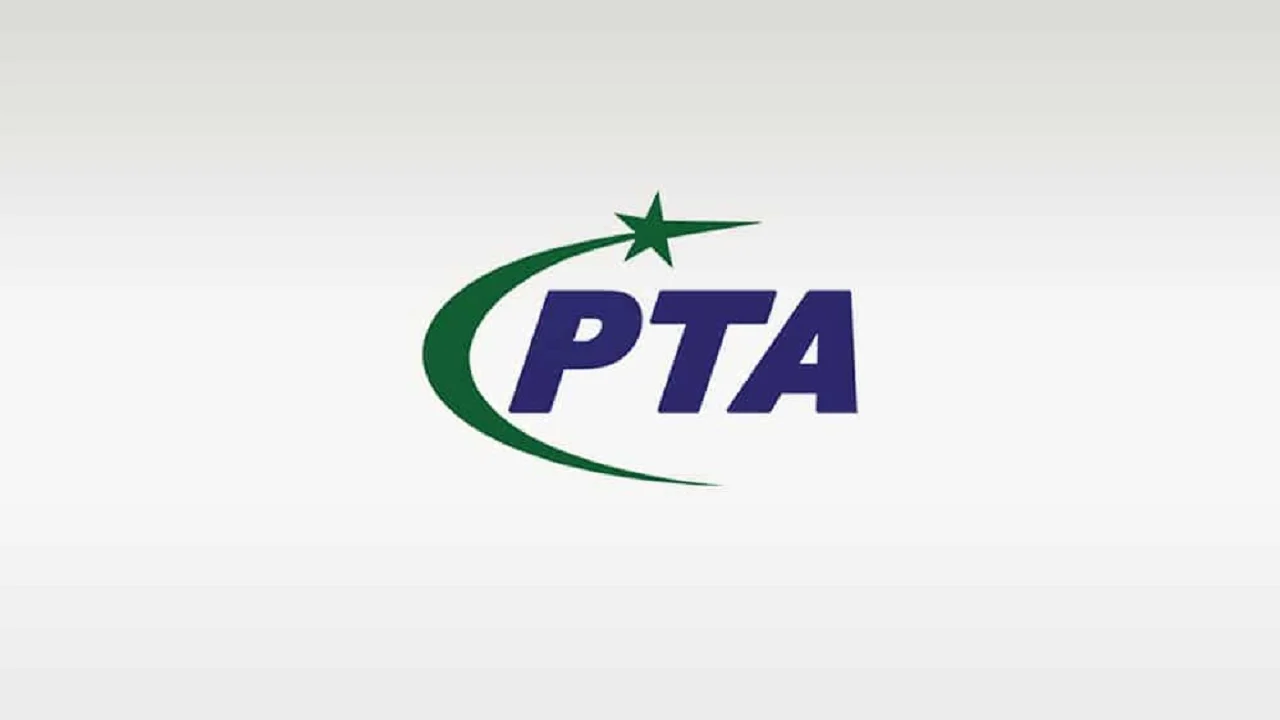Official records reveal that the Pakistan Telecommunication Authority (PTA) spent more money on allowances than actual salaries for its officers over the last three years. From 2021 to 2024, allowances paid to officers in Basic Pay Scale (BPS) 17 and above amounted to Rs. 100 million. This figure exceeded their total salaries, which were Rs. 78 million during the same period.
This data was recently shared with the Parliament, shedding light on the growing financial burden associated with allowances. In 2021-22, PTA officers collectively received Rs. 22.1 million in salaries, while the amount spent on allowances reached nearly Rs. 29.75 million. The following year, 2022-23, showed a similar pattern, with Rs. 25.6 million spent on salaries and Rs. 34.5 million on allowances. By 2023-24, the gap had widened even further. Officers earned Rs. 29.5 million in salaries, but allowances exceeded Rs. 35.5 million.
PTA Paid More in Allowances Than Salaries Over Three Years, Data Reveals
These figures raise questions about the authority’s compensation structure, especially considering that allowances consistently outpaced basic salaries year after year.
In the most recent financial year (2023-24), PTA had a total of 100 officers in BPS-17 and above. This included 47 officers in BPS-17, 13 in BPS-18, 30 in BPS-19, and 10 in BPS-20—the highest rank among them. Officers in BPS-20 received Rs. 3.91 million in total salaries but Rs. 3.34 million in allowances. Meanwhile, BPS-19 officers were paid Rs. 9.13 million in salaries and Rs. 7.70 million in allowances.
Interestingly, the largest number of officers were in BPS-17, and they had the most noticeable difference between salaries and allowances. These officers received Rs. 8.95 million in salaries but were given Rs. 11.64 million in allowances—an amount significantly higher than their regular pay.
Despite these sizeable payments, PTA officers are not provided with official vehicles, fuel, or mobile allowances. However, officers in BPS-19 and above are entitled to monetization benefits instead of these facilities. Officers in BPS-17 and BPS-18 receive conveyance allowances instead of government vehicles.
This policy aligns with the government’s broader austerity measures aimed at reducing unnecessary spending. Yet, the consistent increase in allowances suggests a growing financial obligation that may need to be reviewed for sustainability.
The higher spending on allowances compared to salaries could spark discussions within government circles about compensation policies in regulatory bodies like the PTA. While allowances are often intended to cover job-related expenses, the fact that they are outpacing basic pay may signal a need to reassess how these perks are structured and managed.
As the government continues to emphasize transparency and fiscal responsibility, these figures may come under further scrutiny in future budget discussions and audits.

